The significance of diversity and inclusion in today’s technology-driven market cannot be overstated. Assembling a diverse team is more than just merely hitting the targets; it also means creating an atmosphere that values empathy, creativity, and innovation. Tools based on technology have understood that diversity has become an important factor in their recruitment strategies and no longer take this for granted.
On top of the moral obligations of these inclusive hiring processes, innovation, and problem-solving capabilities are promoted and eventually the quality of products and services is boosted. Organizations are redesigning their recruitment processes to have diversity for all levels in the organization.
Through this, they can tap different talents and also generate spaces where people feel that they are valued, empowered, and free to grow, thus also triggering good change in the tech industry and other sectors.
Focus on the importance of building diverse and inclusive tech teams
Diversity acceptance doesn’t mean just putting a checkmark. Finally, it is about creating a setting that enables diverse kinds of people from different experiences, histories, and perspectives to work together. In addition, diversity of this kind boosts creativity, teamwork, and problem-solving.
Moreover, mixed teams are stronger in understanding and meeting the needs of different users, as well. Whether we consider income, gender, age ascertainment, race, or ability, the use of, and the benefits from, technology are accessible to everyone. By involving a diverse range of people in product creation, the tech crew may develop more accessible and fair products that eventually reach the majority of society and have long-term consequences beyond the team itself.
Teams with diversity are also better able to adjust to shifting demographics and navigate international marketplaces. Companies with varied talent pools are more sensitive to cultural differences and may customize their products and services accordingly, as technology continues to connect people across borders. Ultimately, it is not just the right thing to do, but also the prudent thing to do, to build diverse and inclusive IT teams. By embracing diversity and promoting inclusion, IT companies can spur innovation, create more meaningful products, and contribute to a society that is more equal and connected.
Offer strategies for attracting candidates
The first step in attracting a diverse staff is developing a diversified hiring procedure. Companies should ensure that job postings are free of biases related to race, gender, or other categories. They should also attempt to contact out to get their job ads in front of a range of communities and organizations.
Candidates from underrepresented groups
To search those group coverage, an intentional approach of inclusion that gets beyond the conventional hiring practices is required. Leading the list, it is crucial to develop a workplace culture that is inclusive and feels friendly. Before applying, prospective candidates often google about a company’s reputation and diversity efforts, so it is important to showcase these efforts appropriately. Diversity and inclusion can be strongly promoted by showing truthful confidence through announcements, activities, and policies.
The programs for targeting outreach are perfect too. You can hire resources through collaboration with the institutions that empower minorities in the technological sector. Furthermore, you can provide scholarships, internships, and mentorship opportunities exclusively intended for these communities. These programs will provide the personnel they need to succeed.
Restructuring standards and roles can make sure that the accidental prejudice does not hinder the candidates that have diverse backgrounds. Broader reach can be achieved through a focus on skills and competencies and the use of inclusive language rather than limiting applicants by emphasizing formal credentials only.
Promoting a culture of inclusion
Encouraging an inclusive culture in hiring is essential to bring in diverse talent. Creating inclusive policies and procedures for the duration of the hiring process is one tactic. To reduce unconscious prejudices, this entails educating hiring managers about bias, performing resume reviews in secret, and guaranteeing a diverse panel of interview candidates.
Creating Employee Resource Groups (ERGs) or affinity groups that offer a safe haven for workers from underrepresented groups is another tactic. These groups can provide tools for professional development, a forum for exchanging experiences and worries, and networking possibilities.Programs for sponsorship and mentoring are also very important in promoting inclusivity.
Underrepresented workers might feel appreciated and encouraged in the workplace by being paired with mentors or sponsors who can offer advice, support, and chances for professional growth. It is also critical to promote open lines of communication and criticism. Providing an environment where workers feel free to express their opinions and worries without worrying about consequences fosters a sense of psychological security and inclusion. Embracing diversity at all levels of the organization is demonstrated by highlighting varied opinions in workplace communications, honouring cultural holidays and events, and highlighting diverse role models.
Unconscious bias training for recruiters and hiring managers
Promoting diversity and inclusion in hiring requires training on unconscious bias. Several tactics can be used to properly train hiring managers and recruiters. First and foremost, it’s imperative to educate people about the many biases that could affect how decisions are made during the hiring process. Biases based on age, gender, race, and other traits are included in this. Hiring managers and recruiters can become more conscious of these biases’ effects and can take action to lessen them by being more aware of them.
Case studies and interactive workshops work well to draw participants in and show how unconscious biases can appear in practical situations. Participants can identify their own prejudices and reflect on their own behaviour through these exercises.Furthermore, it is critical to offer specific tactics for minimizing bias in hiring procedures. This could entail blind resume evaluations that only consider qualifications and skills, the use of established evaluation standards, and the implementation of systematic interview processes.
Additionally helpful are role-playing activities, which provide hiring managers and recruiters a chance to practice identifying and resolving bias in fictitious hiring settings. Lastly, to guarantee that unconscious bias training has a long-lasting effect, continuous reinforcement and assistance are essential.
Conclusion
To encourage innovation, diversity and inclusion in tech hiring are essential. Businesses may create more robust and varied teams that foster creativity, innovation, and success in the rapidly changing tech sector by putting inclusive tactics like bias training, focused outreach, and encouraging policies into practice.






